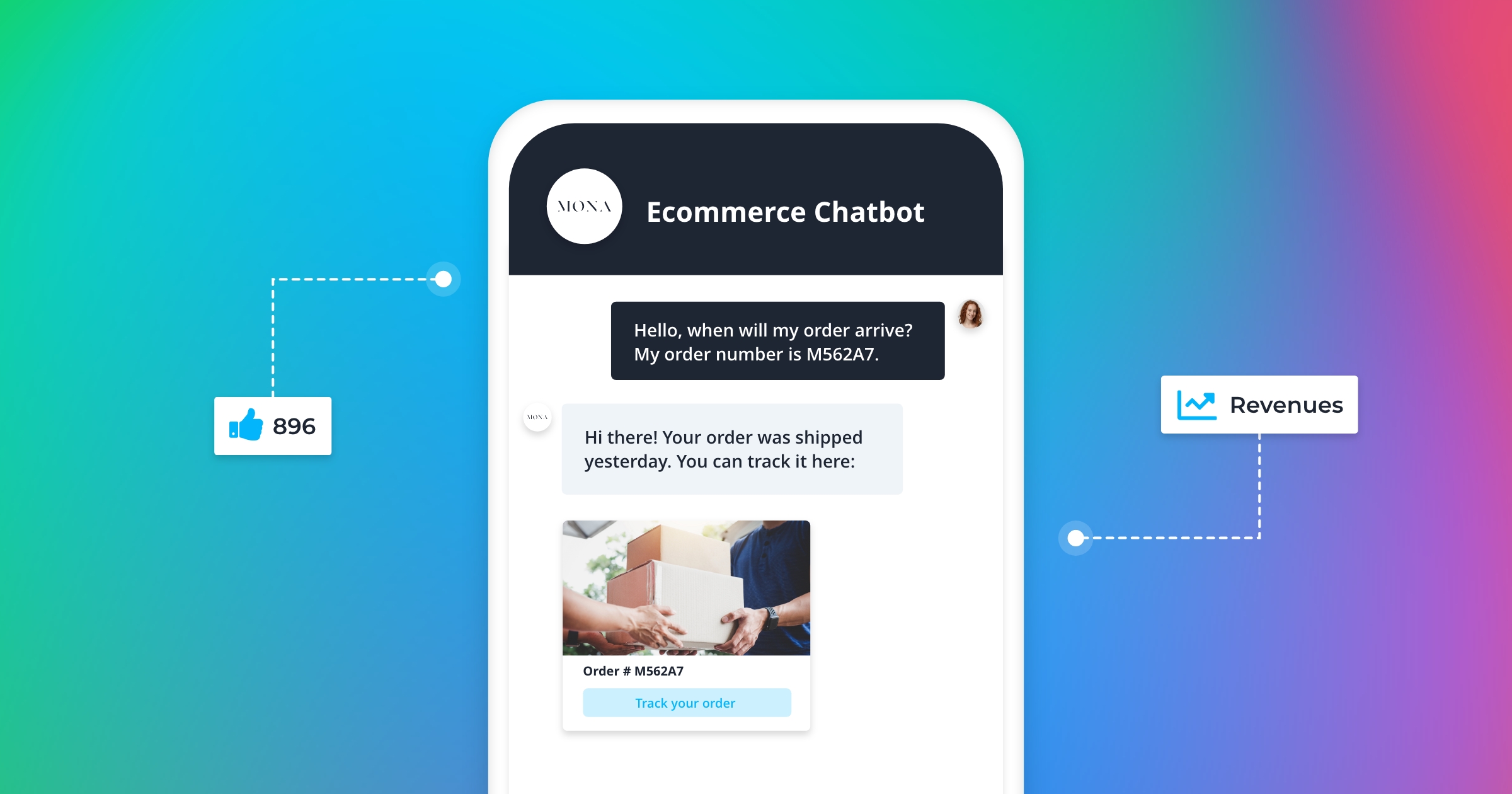E-commerce Chatbots are transforming the online shopping experience by enhancing customer interactions, boosting sales, and streamlining operations. This article delves into the various aspects of E-commerce Chatbots, including their benefits, features, implementation, and future trends.
Introduction to E-Commerce Chatbots
The world of e-commerce is continually evolving, and one of the most significant advancements in recent years is the integration of chatbots. These AI-driven assistants are designed to enhance the customer experience, streamline operations, and increase sales for online retailers. E-commerce has grown exponentially over the past decade, shifting from simple online stores to complex digital marketplaces offering a plethora of products and services. As consumer expectations have evolved, so have more efficient and personalized shopping experiences.
What are E-Commerce Chatbots?
E-commerce chatbots are AI-powered tools designed to simulate human conversation. They interact with customers via text or voice interfaces, providing a wide range of services that enhance the shopping experience.
Definition and Basic Concepts
An e-commerce chatbot is a software application that uses AI to communicate with users through messaging apps, websites, or mobile apps. These chatbots can answer questions, provide product recommendations, assist with purchases, and resolve issues, among other tasks.
Types of E-Commerce Chatbots
There are several types of e-commerce chatbots, including:
Rule-Based Chatbots: These follow predefined rules and scripts to respond to specific queries.
AI-Powered Chatbots: These use machine learning and natural language processing to understand and respond to complex queries more naturally.
Hybrid Chatbots: These combine rule-based systems with AI capabilities to offer more flexible and accurate responses.
Popular E-Commerce Chatbot Platforms
Several platforms dominate the e-commerce chatbot market, each offering unique features.
Overview of Leading Platforms
Chatfuel: Known for its user-friendly interface and robust features, Chatfuel is popular among small to medium-sized businesses.
ManyChat: Specializes in Facebook Messenger bots, offering a range of automation and marketing tools.
Intercom: Provides advanced customer support and engagement tools, suitable for larger enterprises.
Comparison of Features
When comparing chatbot platforms, consider factors like ease of use, integration capabilities, customization options, and cost. Each platform has its strengths and may be better suited to different business needs.
Case Studies of Successful E-Commerce Chatbots
Examining real-world examples can provide insights into the effectiveness of e-commerce chatbots.
Leading Brands Utilizing Chatbots
Sephora: Uses chatbots to offer personalized beauty advice and product recommendations.
H&M: Employs chatbots to assist customers with style suggestions and outfit planning.
Domino’s Pizza: Utilizes chatbots for order taking and tracking, streamlining the entire ordering process.
Success Metrics and Results
These brands have seen significant improvements in customer engagement, satisfaction, and sales. Metrics such as reduced response times, increased average order value, and higher conversion rates highlight the impact of chatbots.
Challenges and Limitations
While chatbots offer many benefits, there are also challenges to consider.
Common Obstacles in Chatbot Implementation
Technical Complexity: Setting up and integrating chatbots can be technically challenging.
Customer Resistance: Some customers may prefer human interaction over chatbot assistance.
Constrained Understanding: Chatbots may battle with complex or vague inquiries.
Overcoming Technical Limitations
To address these challenges, businesses can invest in advanced AI technologies, provide adequate training data, and continuously update and improve their chatbots.
Future Trends in E-Commerce Chatbots
The future of e-commerce chatbots looks promising, with several emerging trends set to shape the industry.
AI and Machine Learning Advancements
As AI and machine learning technologies advance, chatbots will become more sophisticated, capable of handling more complex tasks and providing even more personalized experiences.
Voice-Activated Chatbots
Voice-activated chatbots are gaining popularity, offering a hands-free way for customers to interact with brands. This slant is anticipated to develop as voice acknowledgment innovation moves forward.
Best Practices for E-Commerce Chatbots
To maximize the effectiveness of e-commerce chatbots, businesses should follow best practices.
Designing User-Friendly Interfaces
A user-friendly interface is crucial for a positive customer experience. Chatbots should be easy to interact with, providing clear instructions and options.
Ensuring Data Security
Protecting customer data is paramount. Businesses must execute vigorous security measures to defend delicate data.
Regular Updates and Maintenance
Chatbots should be regularly updated and maintained to ensure they function correctly and provide accurate information.
Conclusion
E-commerce chatbots are revolutionizing the way businesses interact with their customers. By providing instant, personalized support, these AI-driven tools enhance the shopping experience, increase sales, and streamline operations. As technology advances, the capabilities and applications of e-commerce chatbots will only grow, making them an essential component of modern e-commerce strategies.










